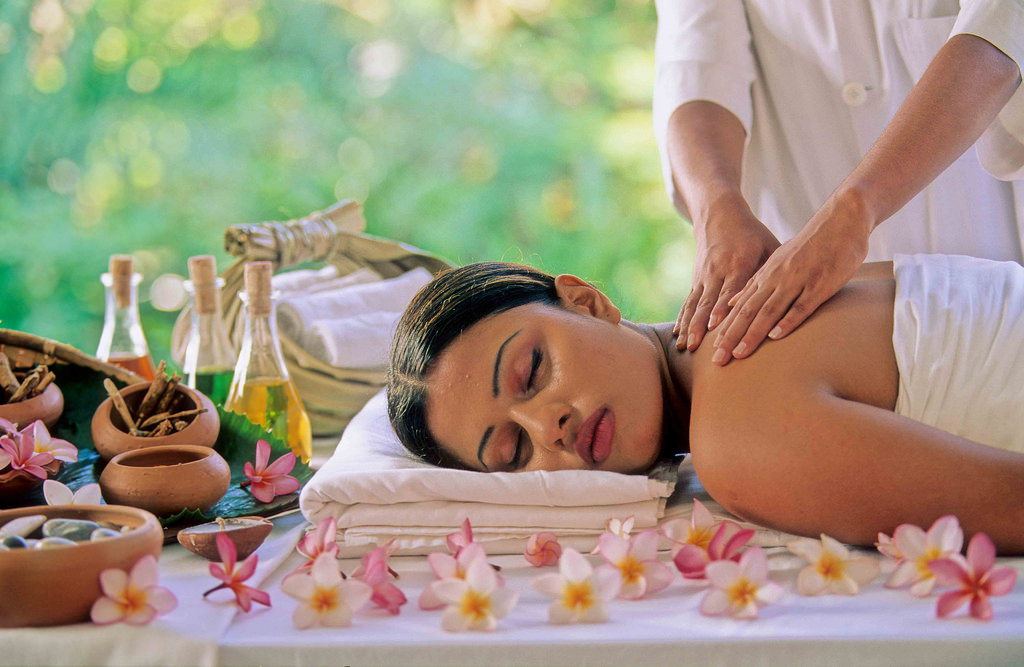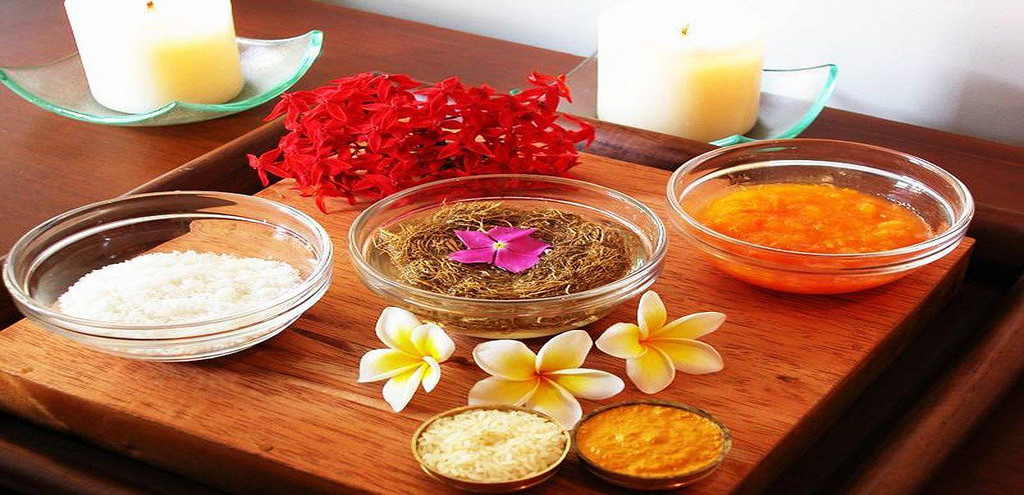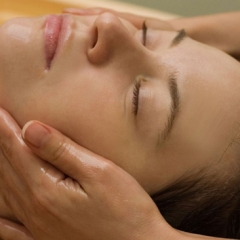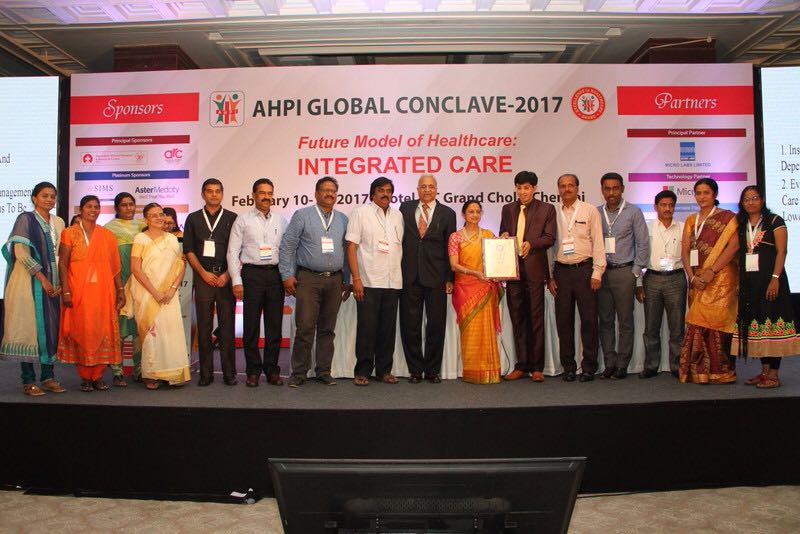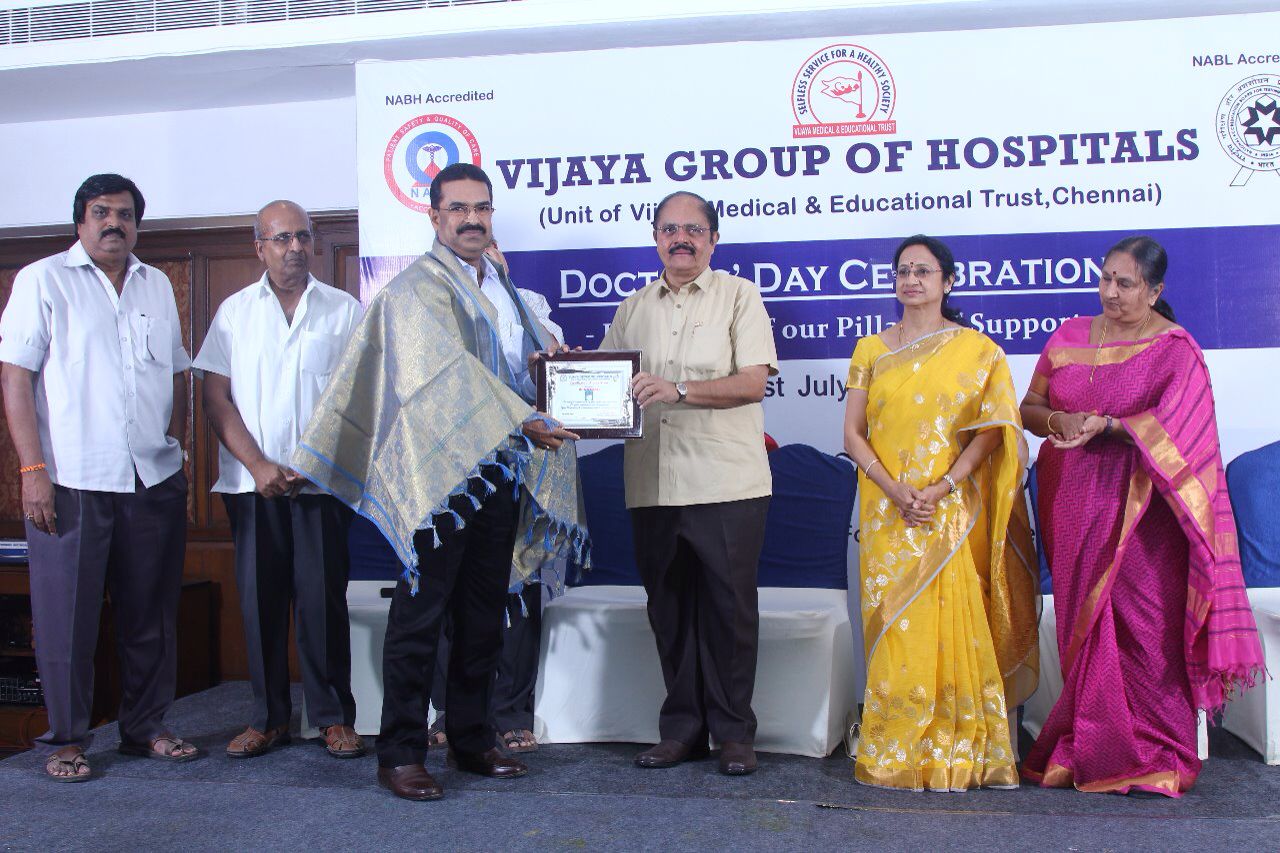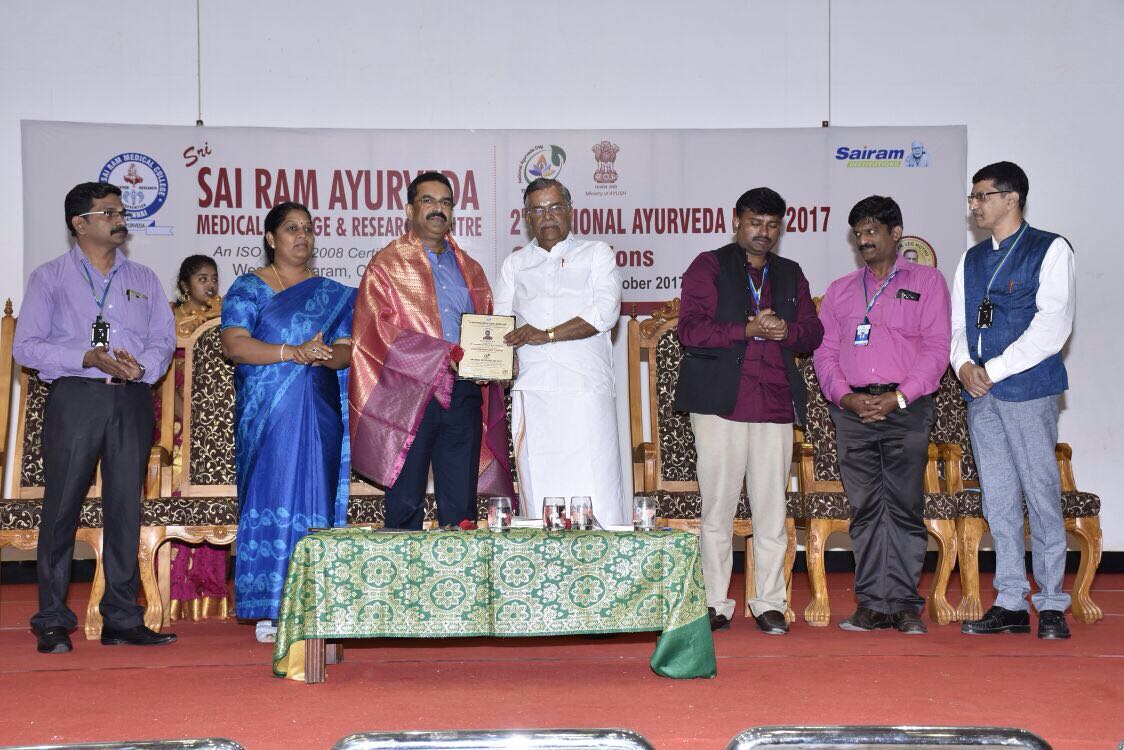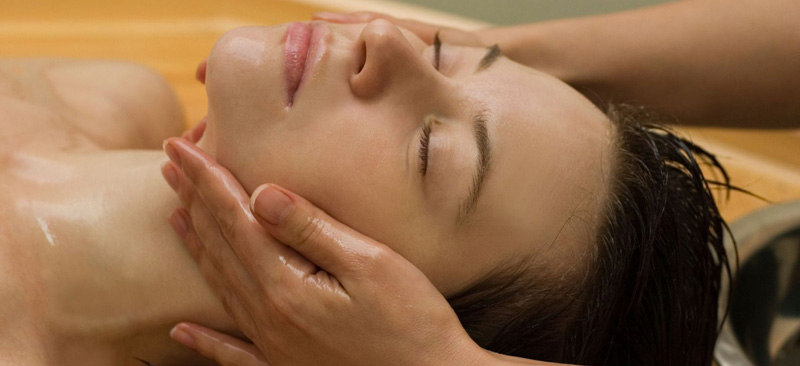As an experienced practitioner of Ayurveda in Chennai over many decades, I have noticed a consistent increase in the incidence of osteoporosis among people. Yes, osteoporosis is becoming a common condition, especially among middle-aged and elderly women. It literally means porous bones or weak bones. In this condition, the density of the bones reduces way below acceptable levels. Hence the bones become brittle, weak, and prone to fracture. Even the slightest of trauma can result in painful fractures. Another characteristic feature of osteoporosis is the characteristic bending of the upper back.
Variance in estrogen levels during the postmenopausal stage is considered to trigger osteoporosis in most instances. Estrogen is known to promote the production of bone, hence when its levels decrease, the bones become weak. Yes, this condition is also seen in men, but women are more prone to this condition.
What causes osteoporosis?
Osteoporosis is a condition that worsens gradually and hence might not be noticeable immediately. So focus on avoiding the habits and conditions that could increase the propensity for osteoporosis. The risk for osteoporosis is huge in case of the following conditions
- Hormonal imbalance
- Vitamin D or calcium deficiencies
- Steroidal medications
- Family history of osteoporosis
- Food habits – excessive consumption of caffeine or alcohol
- Lifestyle – sedentary or excessive smoking
- Other conditions such as rheumatoid arthritis, sickle cell disease, and cancer
- Medical procedures such as gastrectomy
Management of osteoporosis
Ayurveda classifies osteoporosis or bone loss, also called asthikshaya, as a vata roga. As the vata increases, the density of the bone tissue, or asthidhatu, decreases. So eliminating elements that increase vata or reducing the effects of increased vata is the solution to managing osteoporosis.
Diet and lifestyle modification play a critical role in balancing the vata in your body, managing osteoporosis, and strengthening the bones.
Say no!
- Food that increases acidity in your body and leaches out the calcium from bones, as well as fatty foods that dissolve out Vitamin D
- Sedentary lifestyle
- Alcohol
- Overeating
- Heavy exercise
- Tendency to fall: Avoid any surface that increases the chances of falling, e.g., granite flooring, too many stairs, or lifting weights.
- Salt and processed foods: Sodium catalyzes loss of calcium from the body
Say yes!
- Beets, garlic, broccoli, ladyfinger, buttermilk, legumes, ginger, whole grains, nuts and mineral- and vitamin-rich food
- Milk, ghee, and food rich in calcium
- Exposure to sunlight
- Healthy lifestyle that incorporates moderate exercise
- Abhyanga with sesame oil and other oils that bring down the vata
- Sound sleep – irregular sleep is a surprising cause for osteoporosis. Many studies have proven a link between sleep and osteoporosis
- Yoga: Yogasana postures focusing on managing osteoporosis are quite effective in promoting healthy bones
- Panchakarma: Regular purification of the body with a stringent Panchakarma procedure helps effectively manage bone disorders
Managing osteoporosis requires a consistent focus from both the patient and the family. A complete change in lifestyle and the support of an expert Ayurveda doctor will help you manage your condition effectively.


